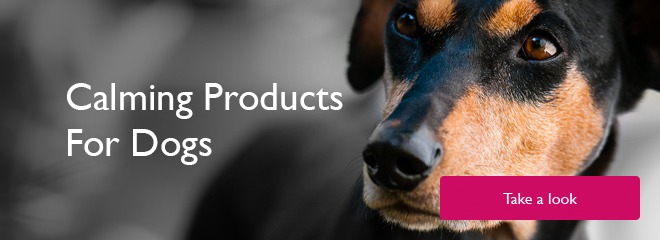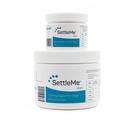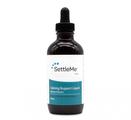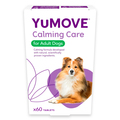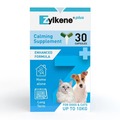A trip to the vet can spell a bout of stress for both you and your pooch. For you, it can be upsetting to see your dog distressed or in pain, and for your dog, it can be a scary and bewildering experience. After all, he won't necessarily understand that the vet is trying to help.
Fortunately, there are lots of simple ways to make vet visits much less stressful for both of you. Some of these are particularly effective if your pet is a puppy, simply because it helps create a positive impression of the vet from a young age, but there are plenty of handy tips that will help no matter what age your dog is.
Make a list of symptoms and questions
There's little more frustrating than getting home from the vet and realising you forgot to mention a symptom or ask a question that's been bothering you. What's more, the effort of trying to remember all these points before and during your visit might make you more anxious, which, as we will look at in a moment, won't help your dog stay calm.
So, make a list of all your dog's symptoms and any questions you may have for your vet before you leave, then cross them off once they've been discussed. That way, you won't forget anything.
Try to reduce your own anxiety
A visit to the vet can be just as worrying for you as an owner as it is for your dog, albeit in a different way. Not only might you be worried that your beloved friend is poorly, but you may also have to cope with his distress at visiting the vet. But remember, your dog takes his cues from you, so the more relaxed you are, the more relaxed he is likely to be, making the visit better for you both.
Maintain your dog's daily routine
When the day of your vet trip arrives, try to maintain your dog's usual routine as far as possible. Disruption of your dog's routine can cause anxiety - and extra anxiety is the last thing you want!
Create positive vet impressions when your dog is young
Dogs often develop a fear of the vet over time. If you own a puppy, you have an excellent opportunity to create positive first impressions of the vet that will make future visits much easier. Take extra care to be calm and positive yourself and, if possible, take him to the vet's waiting room a day or so before his actual appointment; this way, he can get used to the place without developing any negative connotations.
Use your pet carrier for more than vet visits
For many animals (not just dogs!) the pet carrier instantly means a vet visit, and they avoid it like the plague. So, make sure you use it for other things occasionally, such as trips to the park, or even just leaving it open in the house for him to use as a shelter when he fancies.
Get your dog used to vet contact
One of the troubling things for dogs at the vet is being handled in ways they are not used to - having their nails and paws touched, their tales lifted and the suchlike. So, it's best to get him used to these actions when he's happy and relaxed at home, so it will be less unnerving when he is at the vet.
Something best done from when your dog is a puppy, touching him on his nails, paws, tail etc at first should be done only when your pet is fully relaxed to create the best possible early experiences.
Make sure your dog is used to the car
Another thing to get your dog used to is that car - again to reduce anxiety. Many dogs will often be driven places anyway, but if that isn't the case for your pet, take the time to take him on short drives so he can acclimatise to the sounds and sensations of being on the road.
Take his favourite treats
Treats are an integral part of training and also work wonderfully when it comes to soothing, calming and distracting your dog. When visiting the vet, make sure your dog is a little hungry, and have a variety of bite-size treats on hand to feed him when he gets anxious - this combination of hunger and fast-to-eat tidbits will help distract him if he starts to get upset.
Try using calming products
Pheromone collars and sprays are ideal for providing an added level of reassurance when out and about. There are also non-prescription supplements available that have calming ingredients to help reduce stress and stress related behaviours. Calming products are ideal for use together with the tips to get your dog used to travelling and being examined.
Ask your vet to demonstrate treatments
If your vet prescribes a treatment for your pet, that can cause worries of its own. What is your administer it wrongly, or simply can't get your pooch to cooperate? The best way to eradicate these fears is to ask your vet to demonstrate exactly how the treatment should be used. Don't be afraid to ask any questions you have - it's important you feel comfortable using it.
Enlist professional help when needed
If your dog has had bad experiences at the vet in the past, or you have adopted an older dog who seems particularly fearful of the vet, it can be a good idea to enlist the help of professional who can help reduce his fear and work on your pooch's behaviour. This can have a huge impact on how both you and your pet feel about visiting the vet - and can make life much easier in the future! Your vet may be able to recommend a specialist who can help.
Written by: Hannah

